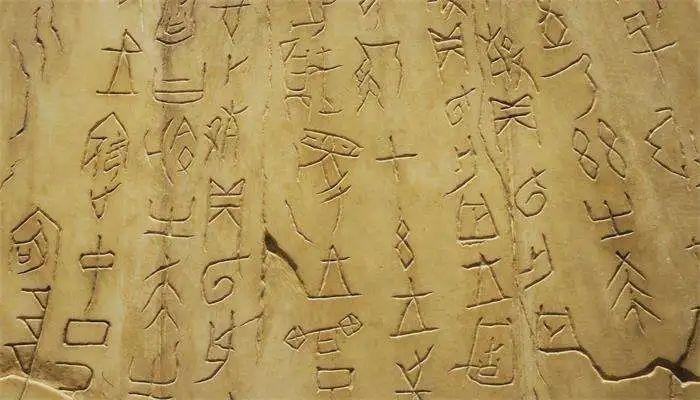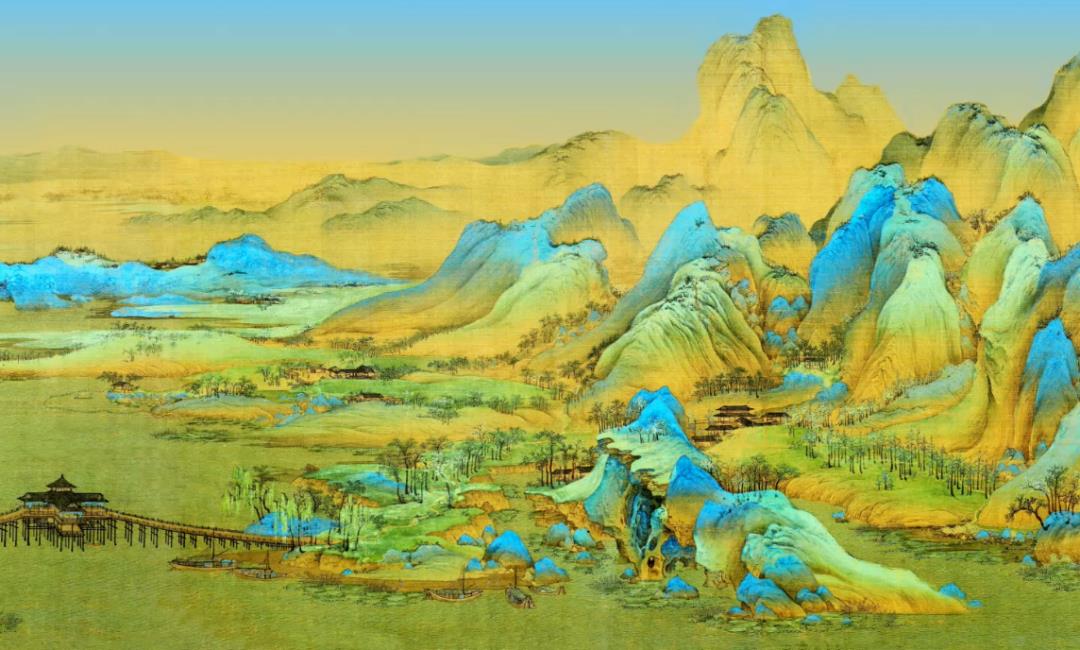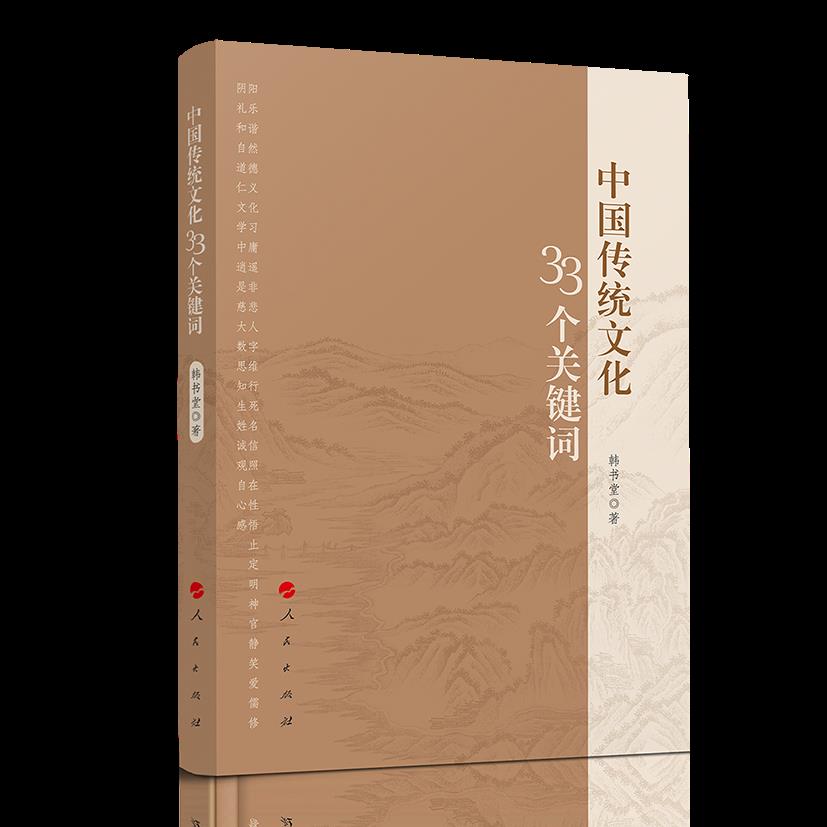In the long history of China, every major social change is preceded by "cultural" change. The sacrificial culture of Shang Dynasty laid the foundation for the ritual and music civilization of Zhou Dynasty. During the Spring and Autumn Period and the Warring States Period, a hundred flowers blossomed and a hundred schools of thought contended for cultural opening and innovation, which ushered in Qiang Qin’s Han nationality, the Han nationality was formally formed, and the Confucianism of Confucianism also promoted the unification of China. The New Culture Movement during the May 4th Movement created a new culture in China, which was a fusion of Chinese and Western cultures and ancient and modern cultures, and provided a cultural foundation for today’s national independence and national prosperity. Today, we propose the creative inheritance and innovative development of China’s traditional culture, which is bound to provide the strongest cultural support for the great rejuvenation of the Chinese nation.
Culture is resources, culture is power, and culture is spirit. This is true for the nation, the country and the individual.
However, what is "culture" is still one of the problems that need to be discussed.
From the etymology, what is China’s so-called "culture"? Why does it have such great power? The analysis of culture from this angle can refresh us and help us understand the essence of China culture, as well as where and why it is different from western culture.
Let’s talk about the "text" of culture first.
Oracle Bone Inscriptions’s "Wen" is a hieroglyph, and the glyph is a pattern formed by many lines and interlaces, which represents a pictorial symbol carved on rocks or animal bones to convey consciousness. It is an ancient hieroglyph. Therefore, the original meaning of the word "Wen" is a pictographic ideographic symbol carved on rock walls and Oracle bones in ancient times. To put it bluntly, it is an image and a symbol carrier carrying meaning. Therefore, speaking words is a symbol used to express events, facts and information. This is one.

Second, writing is aesthetics. It is said that one of our ancestors looked up at the sky at the beginning of the humanities, and there were beautiful clouds in the sky, as the saying goes, the wind came and the rain went, and the clouds rolled and the clouds were comfortable; Looking down at the ground, it is precisely the beautiful mountains and rivers and the beautiful land. When observing natural humanities, historical geography, personnel stories, as well as architectural costumes, body shapes and even the spirit of consciousness, he found that these things have a very interesting thing in common. Those various patterns are beautiful things in the form of beautiful lines, and their forms can bring people beautiful enjoyment. "Wen" can not only express things, but also express spirit. All kinds of expressions make us feel both practical and enjoyable. So, he drew a "text". This is the origin of writing and the beginning of culture.
Therefore, the original meaning of the word "Wen" expresses beauty, mainly the kind of beauty that brings beauty to people in form. Therefore, we say that "Wen" is a pattern. Later, the poems and paintings we wrote, including our words, calligraphy, music and dance, were all patterns, and they all expressed a kind of aesthetic and formal "Wen".
If we grasp the original meaning of the beautiful pattern of the word "Wen", we can understand the characteristics of China culture. China culture pays special attention to poetry, aesthetic feeling and the comfort and comfort of secular life. China people pay attention to "life", that is, "to be born and live", and to live beautifully, healthily, abundantly, comfortably and poetically. For the beauty of life, because of the beauty of life, people in China often write poems about life.

China is a country that attaches importance to life, aesthetics and poetry. It emphasizes the free and easy mind, the cultivation of mind, the vibration of soul and the enjoyment of emotion on the basis of the unity of nature, mind and matter, and the unity of inside and outside, and pursues the aesthetic feeling in life.
There is a saying in the ancients that "poetry expresses ambition". "ambition" is "the heart of intellectuals" Poetry, as a "text" to express the feelings and emotions of the heart, is the most appropriate carrier and the best expression of beautiful "text".
Therefore, from patterns to words to poems, paintings, music, architecture and clothing, "Wen" has become an aesthetic activity for objects, a sense of beauty and beauty of people, and then it is derived from aesthetics. "Wen" is a phenomenon form, a subjective feeling, an aesthetic relationship between subject and object, an attitude of observing life and existence, and a poetic mode of life, culture and poetry.
Look at "Hua" again.
"Hua" is two people in Oracle Bone Inscriptions. On the left is a man standing head-up, and on the right is a man falling head-down into the ground. From left to right, it is a change from birth to death, which is also a natural life process. Oracle Bone Inscriptions’s man on the right is written as a dagger in the bronze inscription, so the word "Hua" is horrible: a man on the left and a knife on the right-killing people, which means revolution, innovation, innovation and metabolism. Therefore, "transformation" is a movement, a law of nature, progress and change, that is, the old dies and the new is created, that is, "dialectics". This is the first meaning of "Hua".
It is said in the Book of History that "every day is new, every day is new, and every day is new", which expresses this law of nature. This "new" is "pro" on the left and "Jin" on the right. "Dear", the top is a metal drill, which is inserted into the stake below, and then the axe on the right is used to cut the stake, and the stake is decomposed and split for firewood. Therefore, "new" is broken down, turning the whole into parts and the big into small ones. As far as philosophical methodology and behavioral practice are concerned, we usually call it "analysis" and "decomposition", or philosophically, "deconstruction". This is the second meaning of "Hua".
On the whole, "transformation" is a process of change, change or elimination, and it is also an action and a process before reorganization and innovation.
Why should people be "modern" and "new"? Whether it is new or new, it is to find out the essence and law of the object world through research, anatomy and observation of parts and small parts, and apply it to production and life to create new things and new values. By turning the big into the small and turning the whole into parts, we can grasp the essence and law of the object more conveniently, have a more accurate understanding, have a more successful guarantee and get more achievements when we act. This is research, a process of academic activities, scientific exploration and philosophical thinking. Its purpose is to analyze, dissect and then "construct", that is, to reassemble concrete, phenomenal and fragmentary things with their own thinking, express them in the form of abstract thinking and present them as theories. A whole, an abstract meaning and a universally applicable law are constructed, from which "logic" or "metaphysics" is formed, which is a "Tao" based on the study of phenomena, that is, the source of the world, the essence of the world and the law of the world, so that we can use it and serve the survival and development.
The development of philosophy led to the development of natural science, which brought about the industrial revolution, and then there was a historic translocation of eastern and western countries in the world. "Culture" is the wheel and engine of world historical progress.
[This article comes from "33 Keywords of China Traditional Culture" published by People’s Publishing House]
